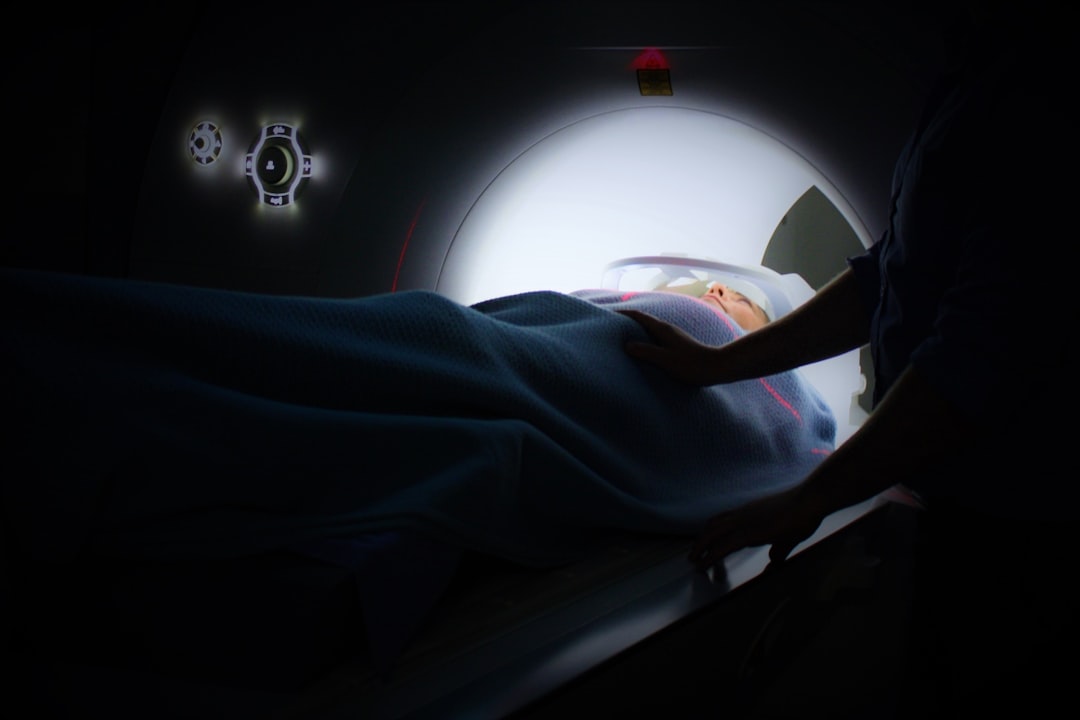What is it about?
In this study, the microbial barrier properties of textiles for two bacterial endospores were investigated. The reusable hospital textiles (PET/cotton and Tencel®) most commonly recommended for the manufacture of healthcare professional uniforms were tested for microorganism permeability. The three-layer textile laminate PET/PU/PET, which meets the European standards for surgical drapes EN 13795, was used as the reference material in this study. The microbial barrier properties of PET/cotton, Tencel®, PET/PU/PET, and corresponding seams were tested after 1, 10, 20, 30 and 50 washing-and-sterilization cycles. Washing and sterilization were performed by hospital laundry services under strict and controlled conditions. The testing of dry textile materials was conducted under newly developed methods. The most resistant forms of microorganisms of apathogenic bacterial endospores of the Bacillus genus Geobacillus stearothermophilus and Bacillus atrophaeus were used for investigating the microbial barrier permeability of textiles. This research is the first to investigate the permeability of these microorganisms in dry conditions. Additionally, the microbial barrier properties of the seams of these textiles were investigated. Regression analyses were performed and the effects of the seams on microorganism permeability were determined. It can be concluded that the two most commonly used seam types for the manufacture of healthcare uniforms do not have a significant influence on microbial barrier efficacy; however, the seam type 1.01.05/504.504.301 is more suitable for the manufacture of healthcare professional uniforms.
Featured Image
Read the Original
This page is a summary of: Microbial barrier properties of healthcare professional uniforms, Textile Research Journal, August 2016, SAGE Publications,
DOI: 10.1177/0040517516659383.
You can read the full text:
Contributors
The following have contributed to this page










